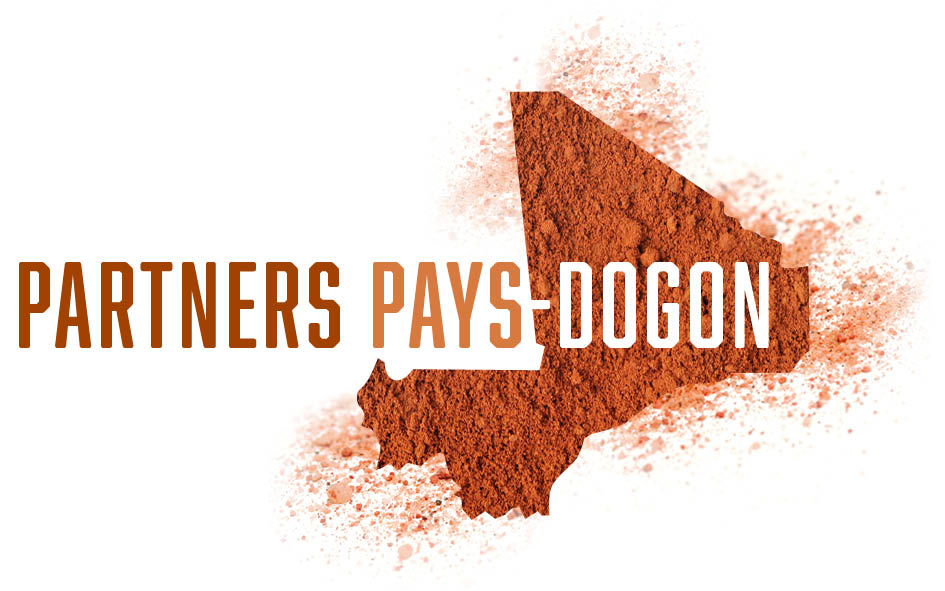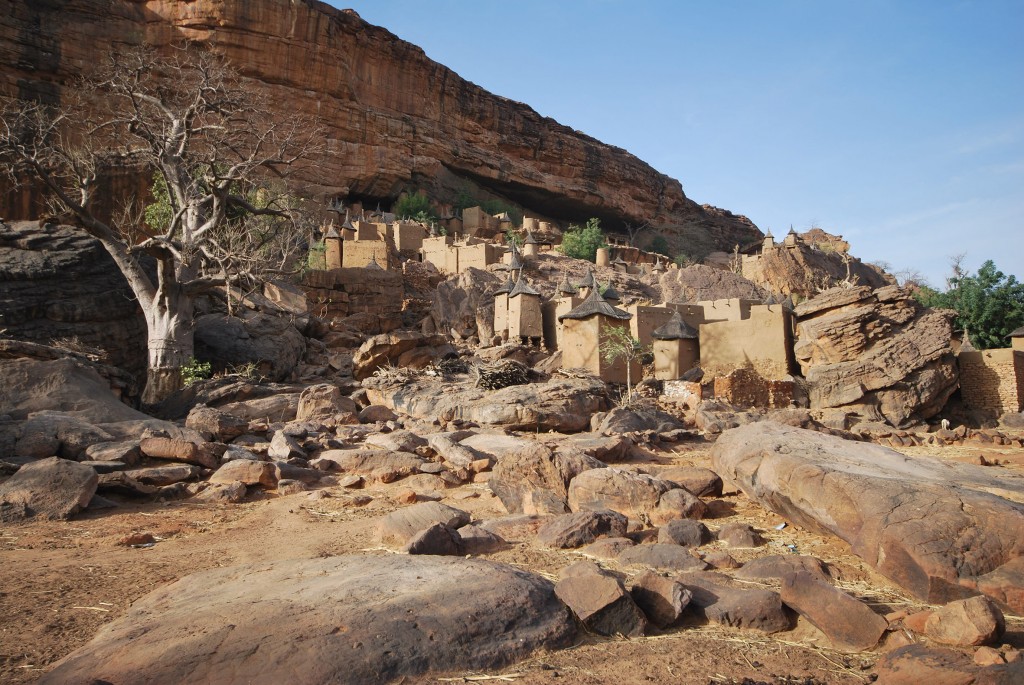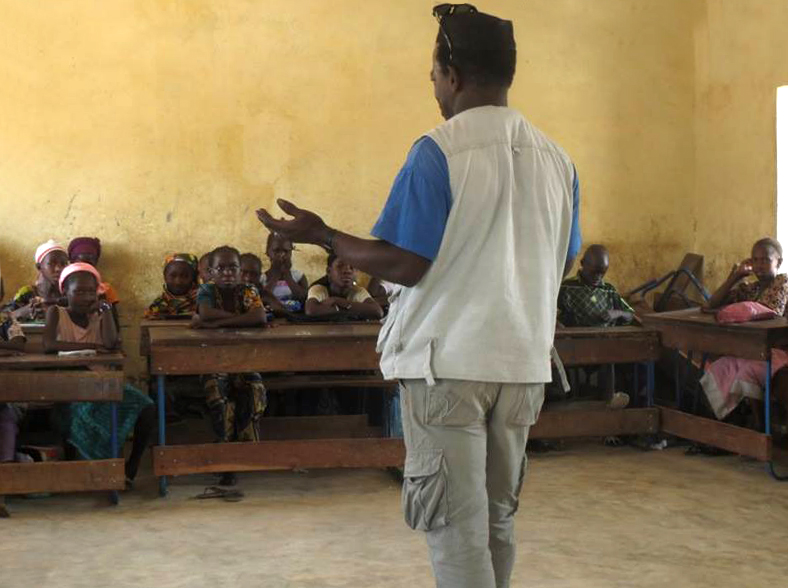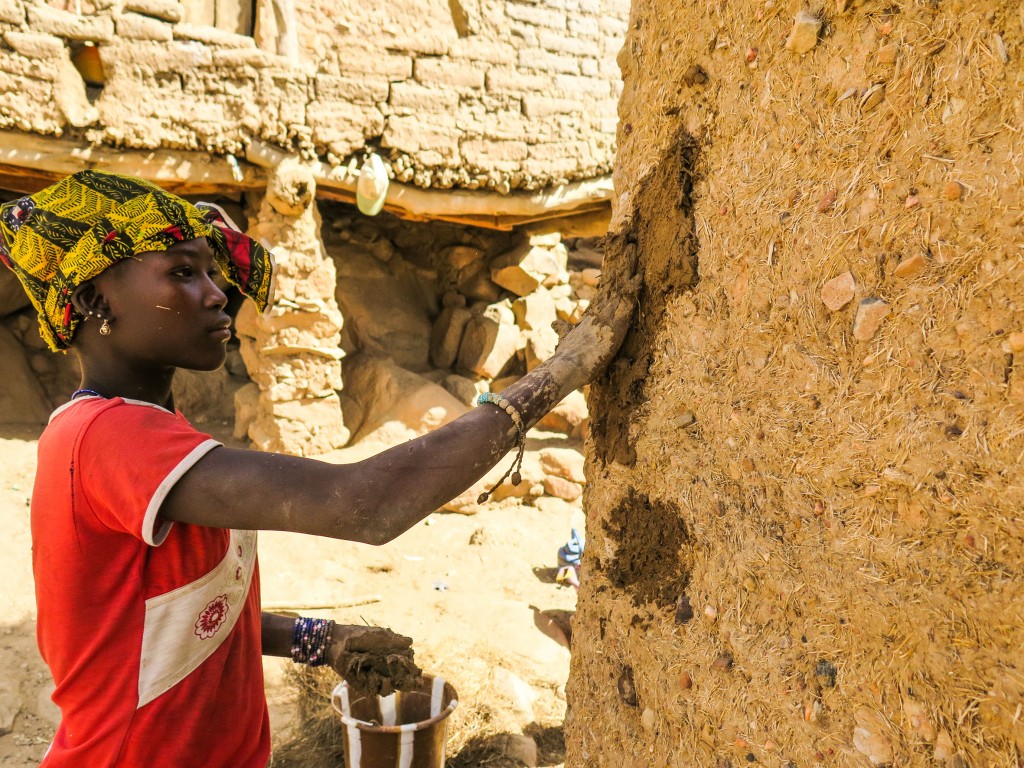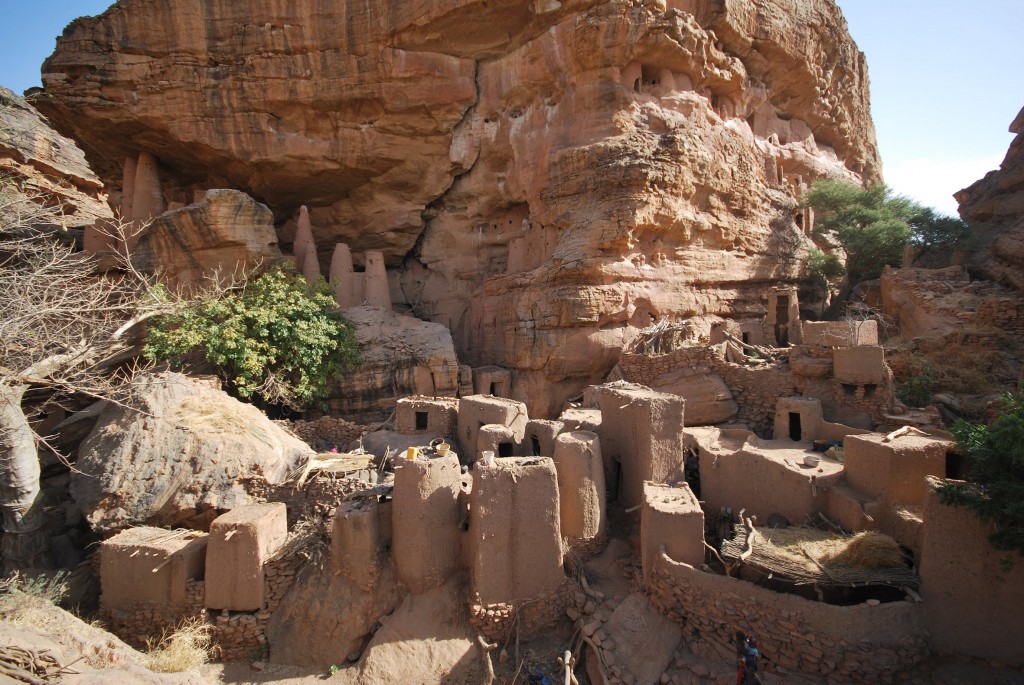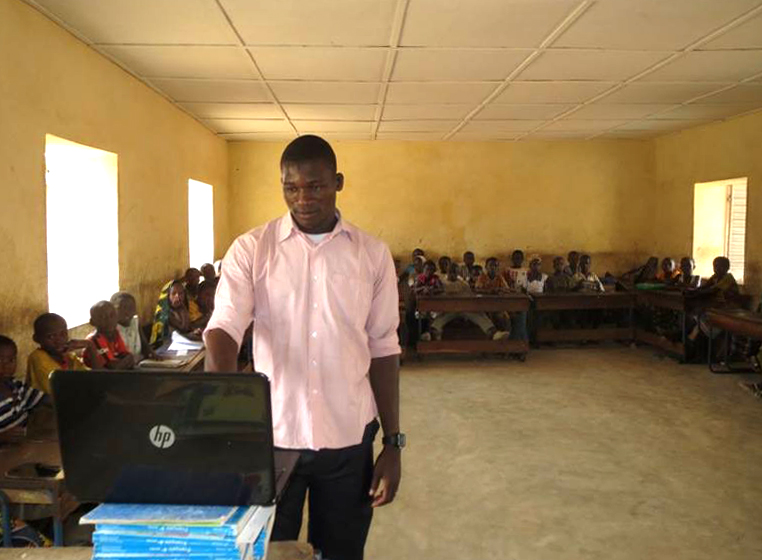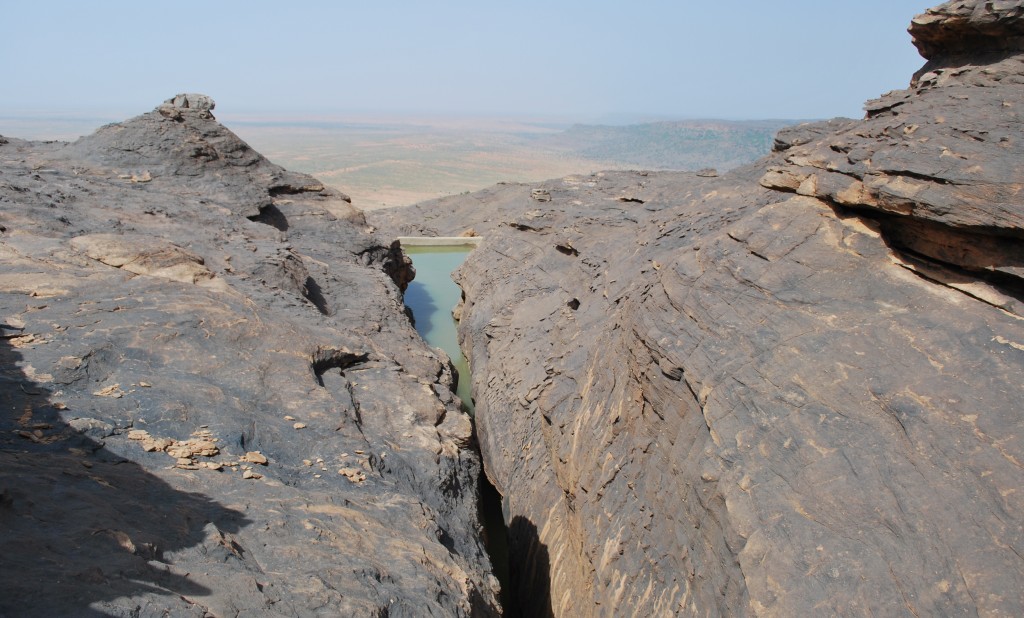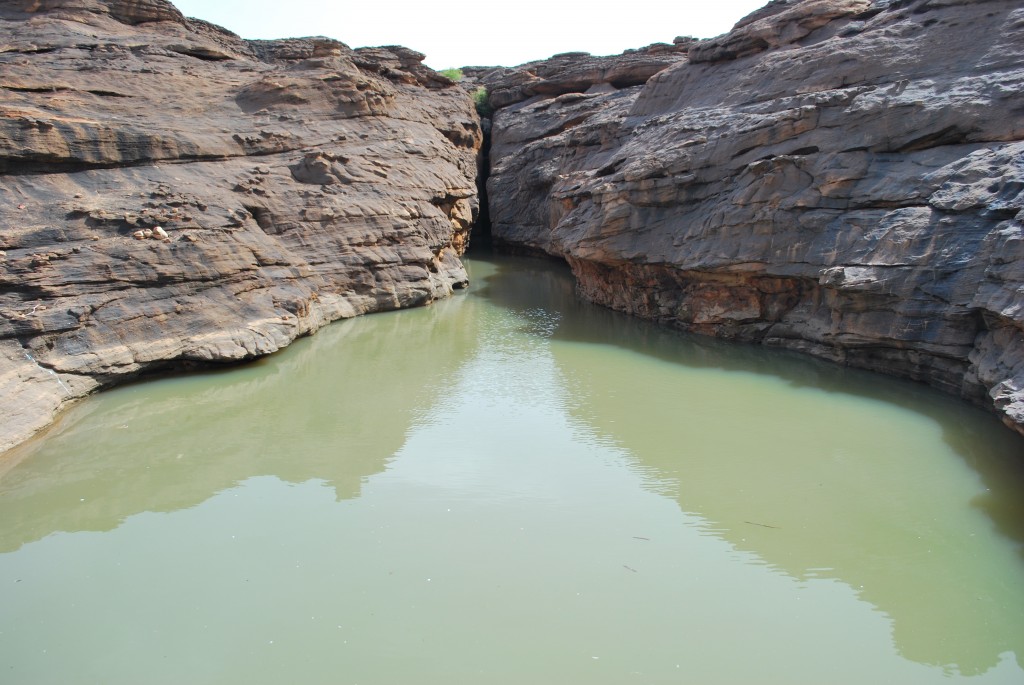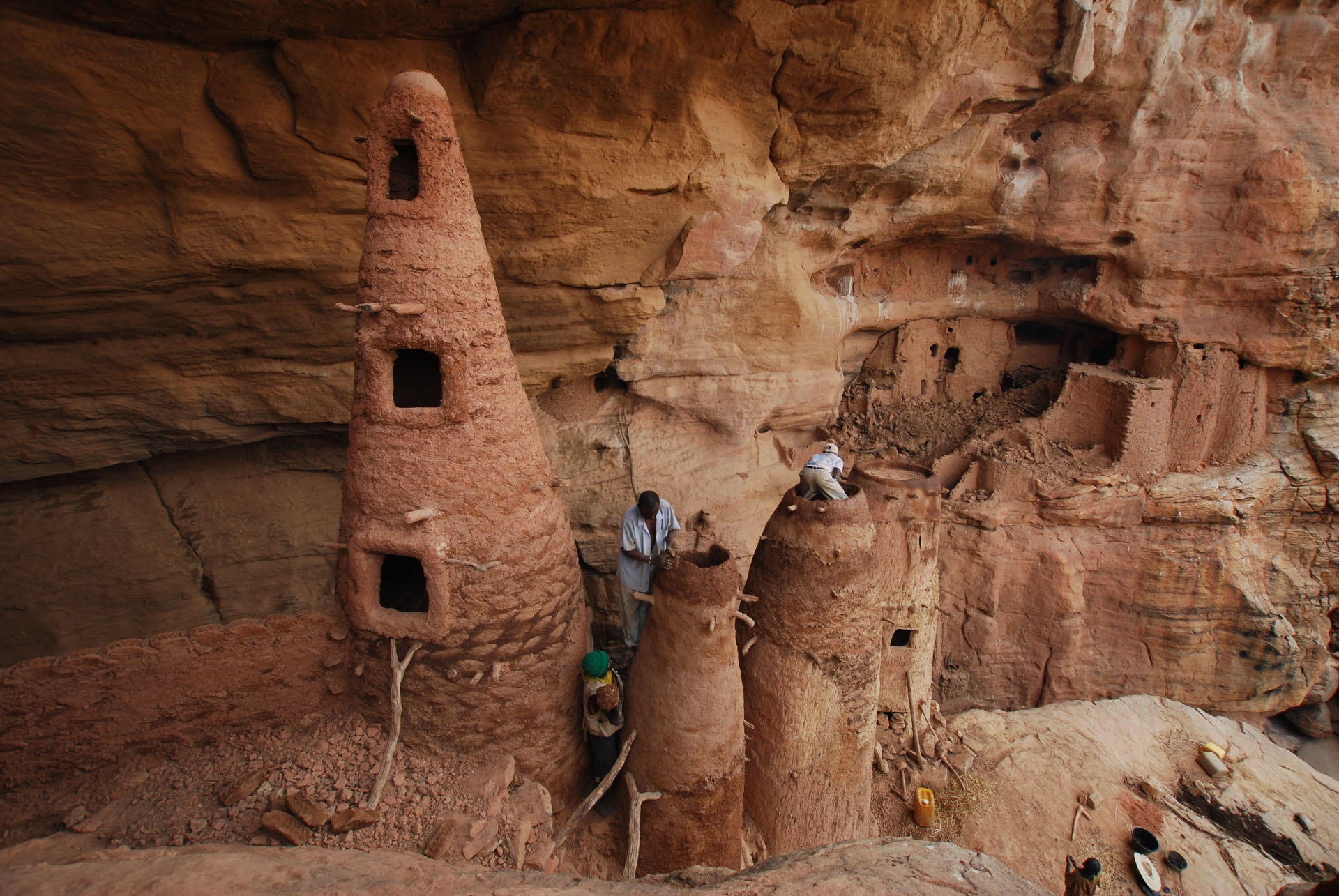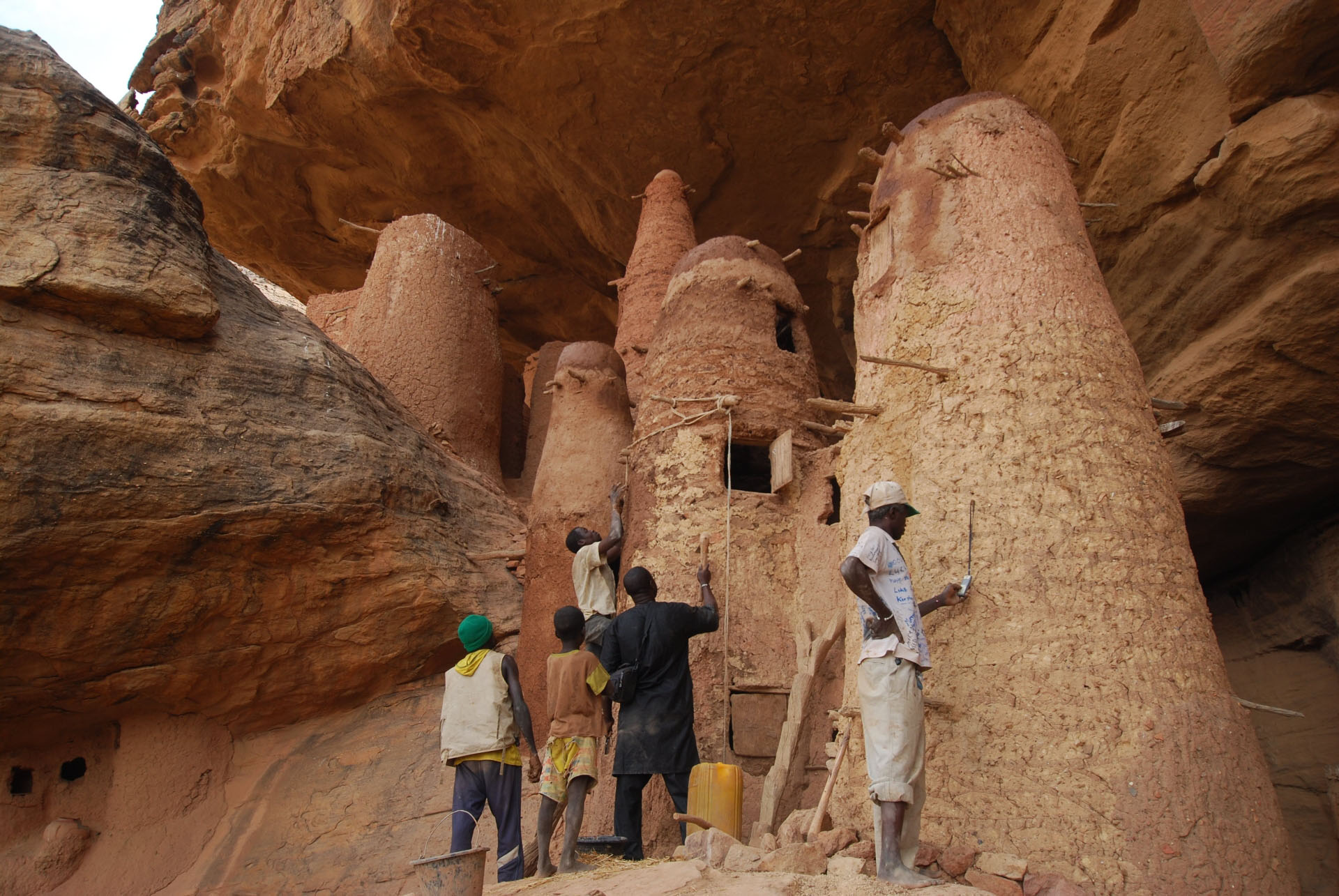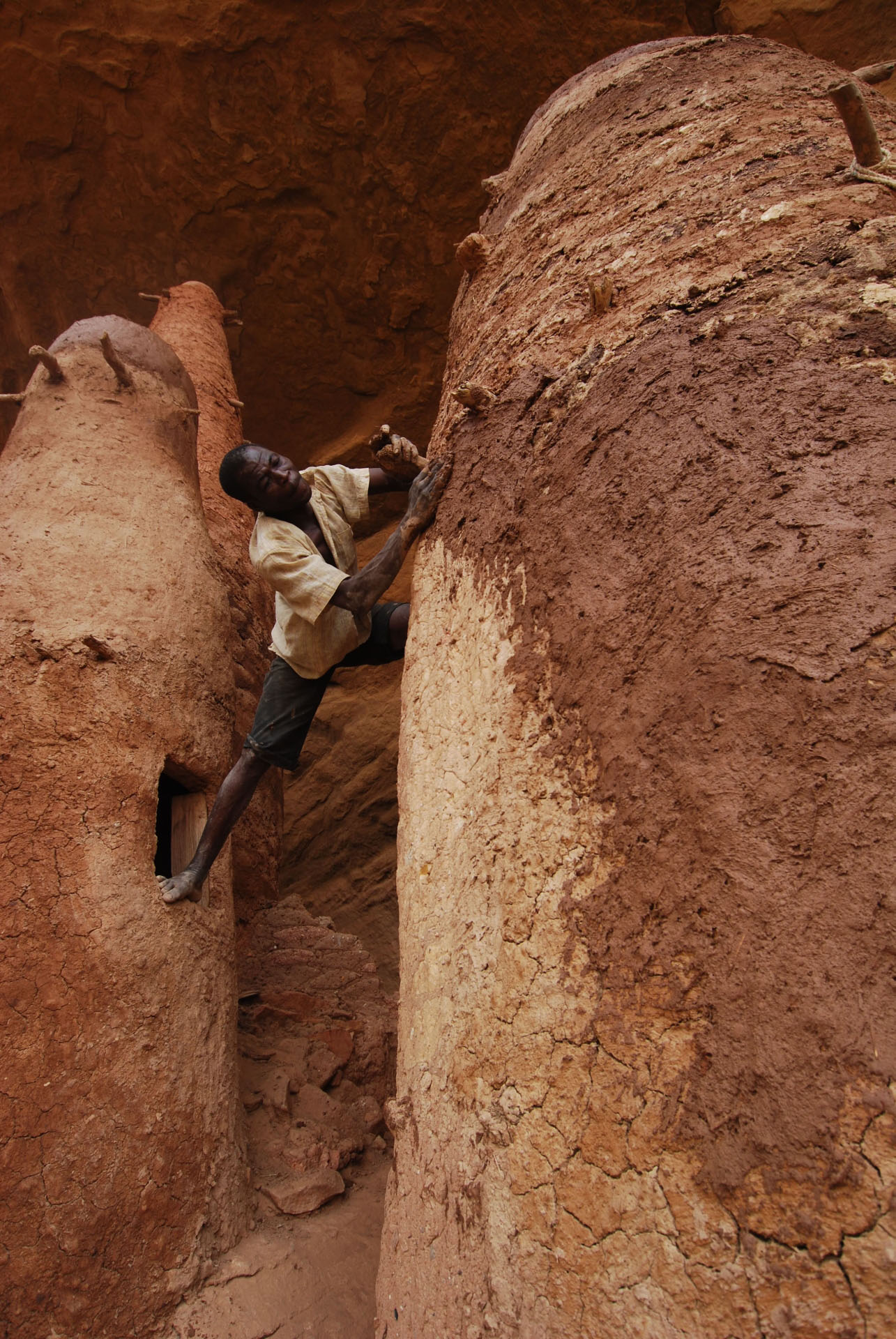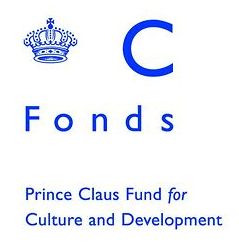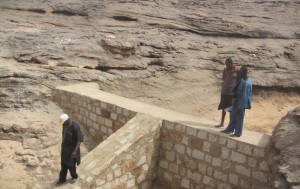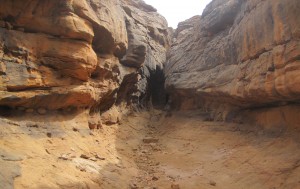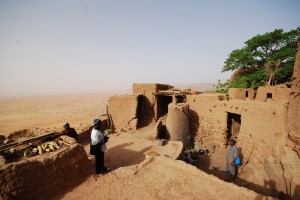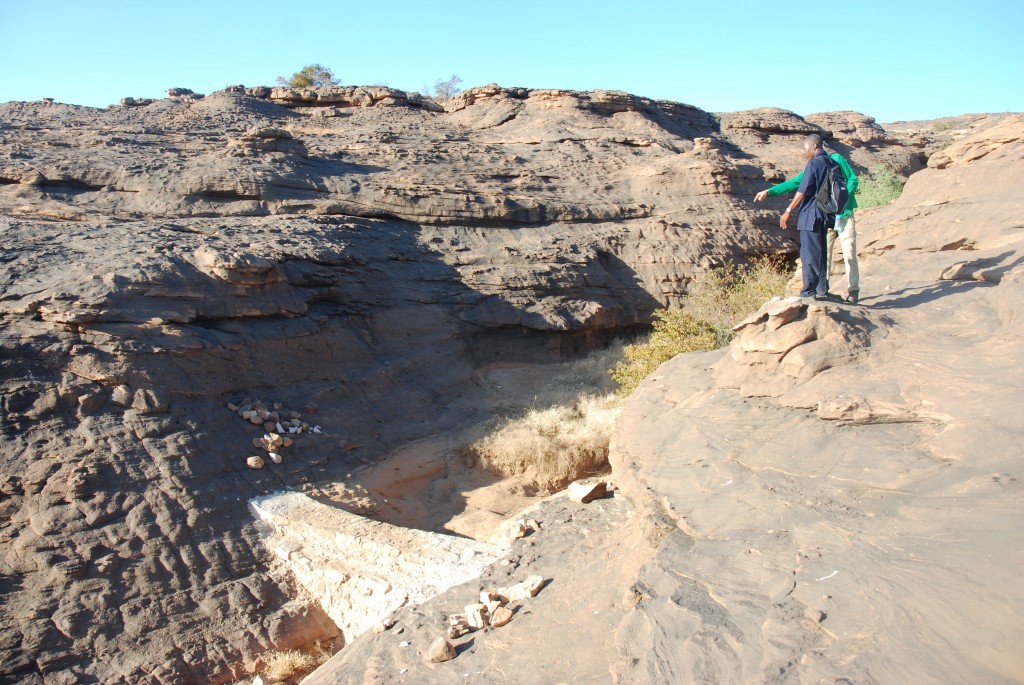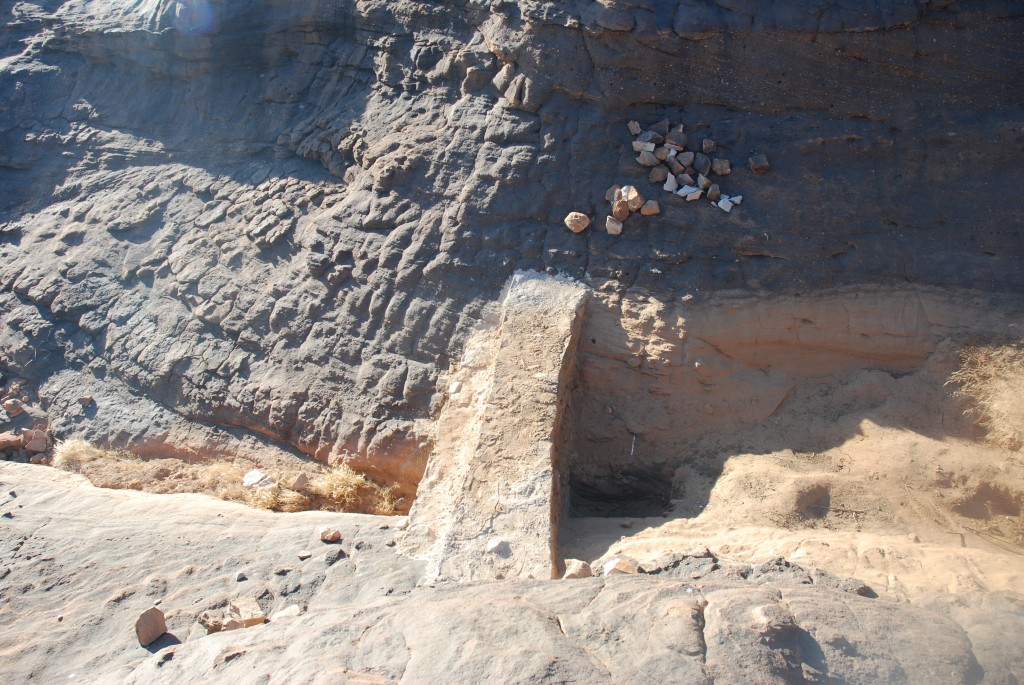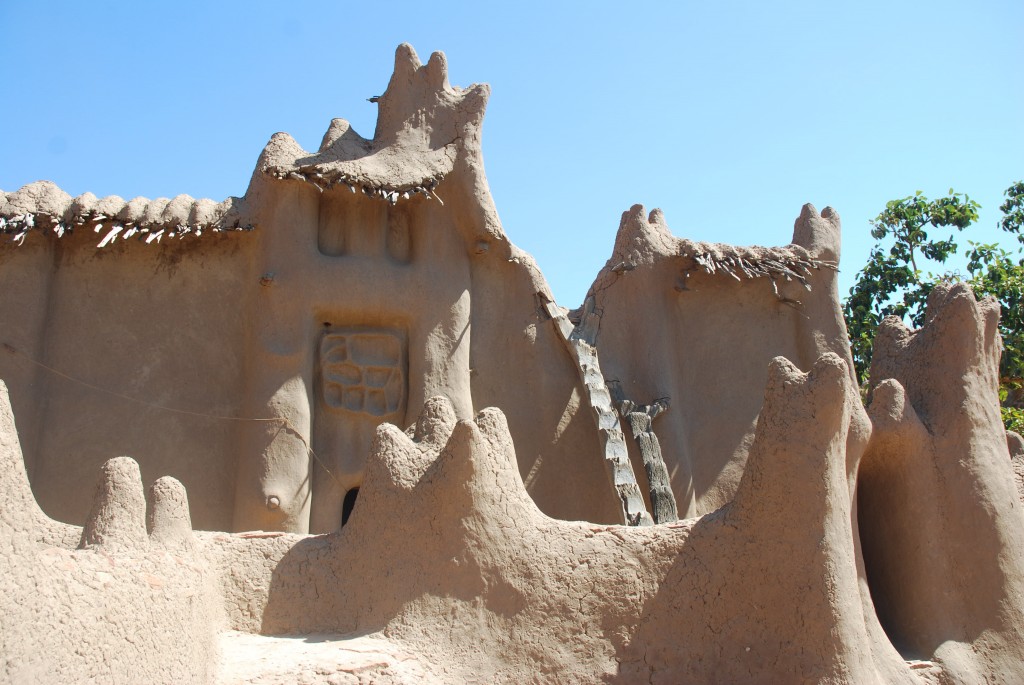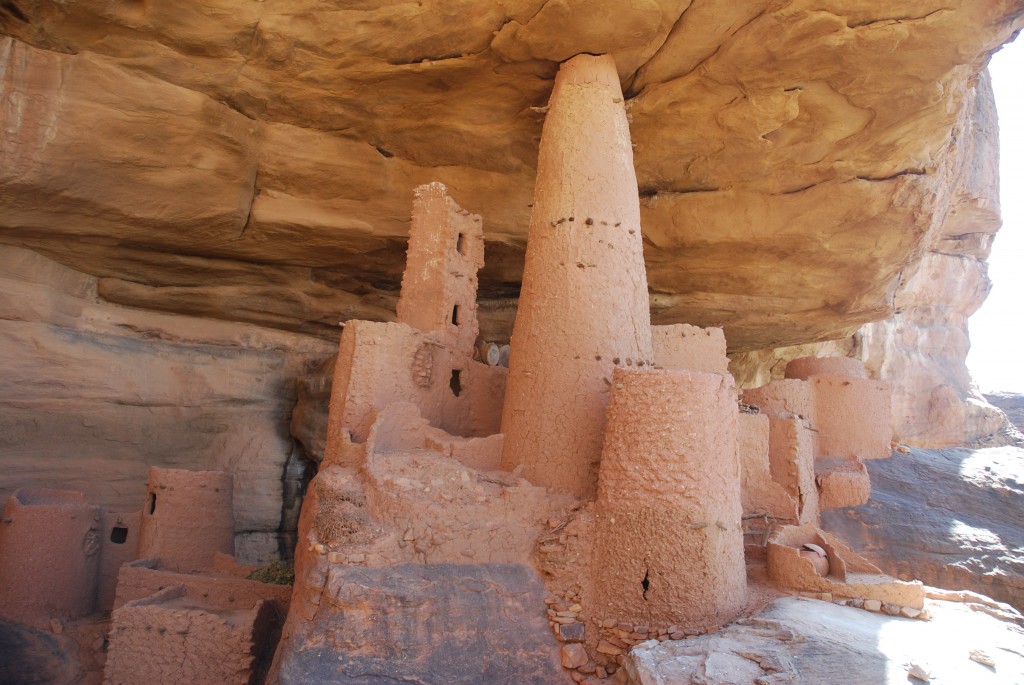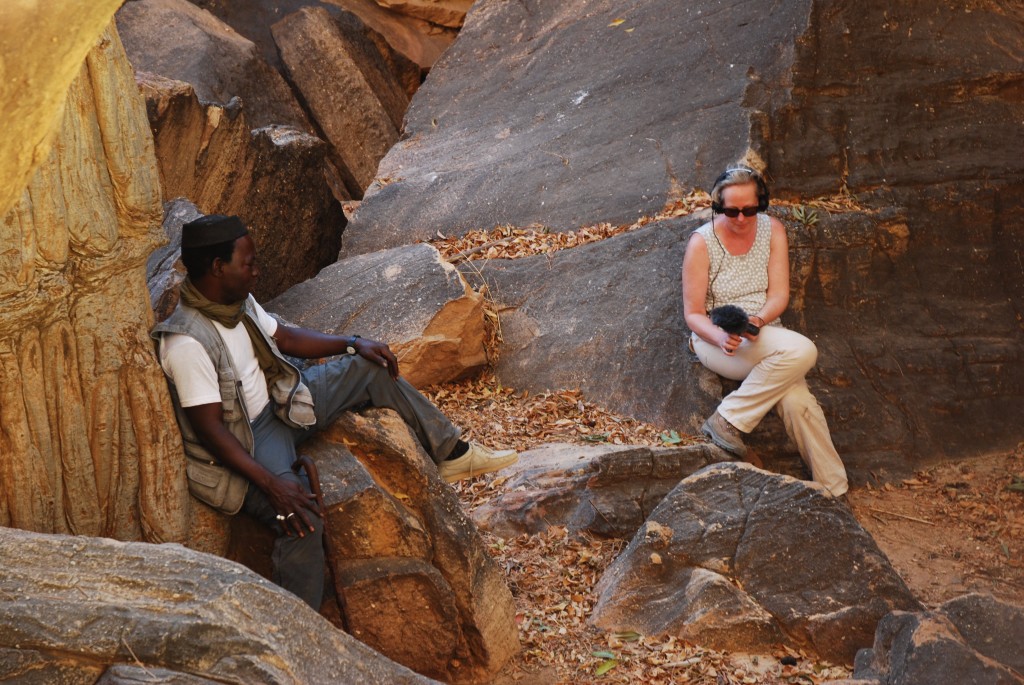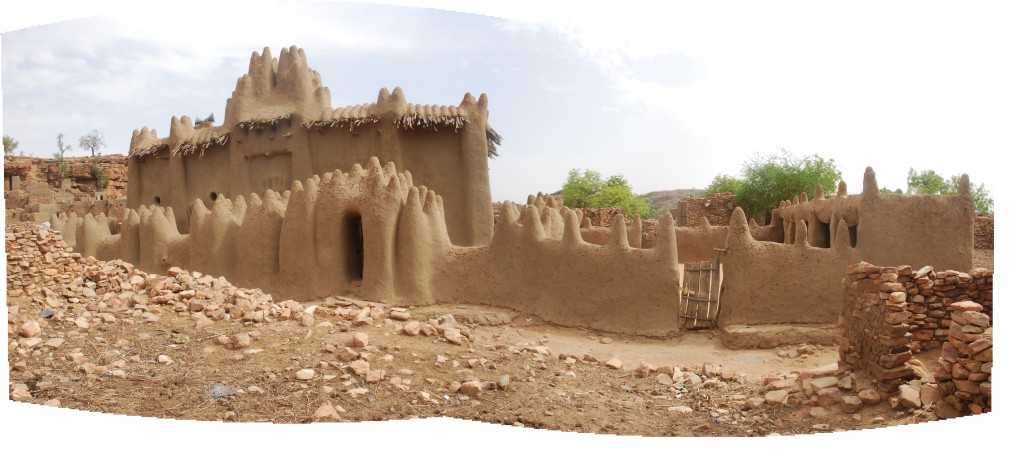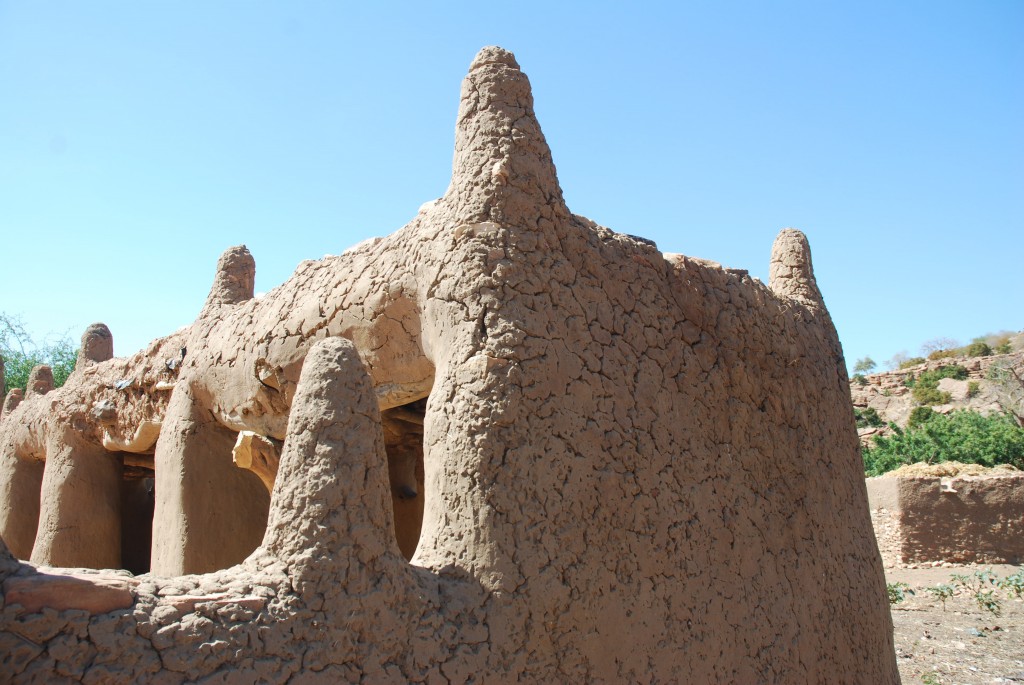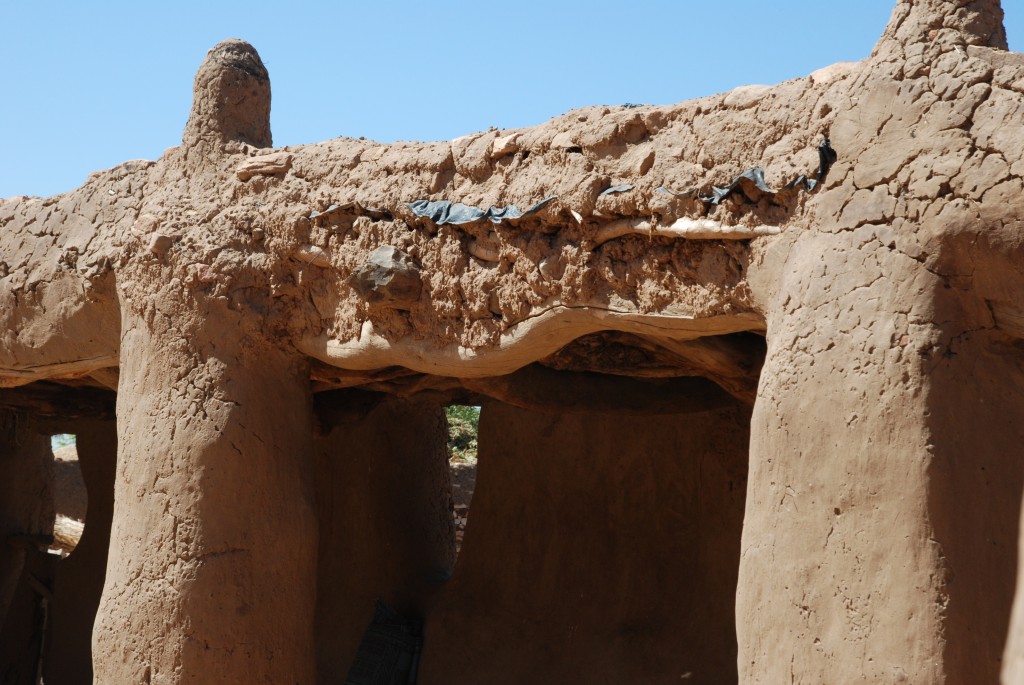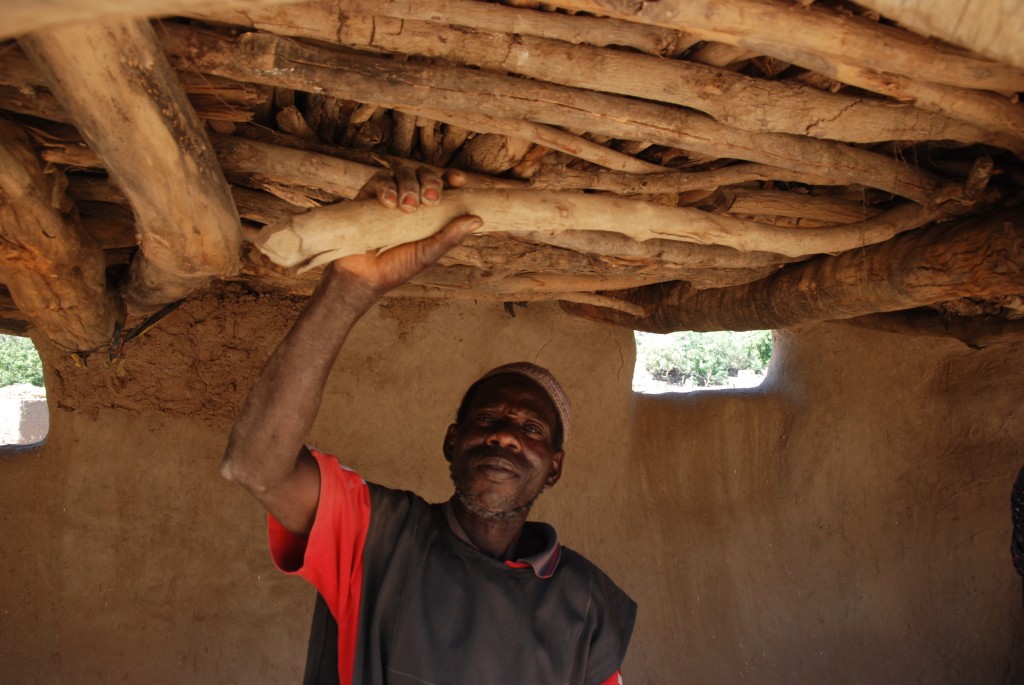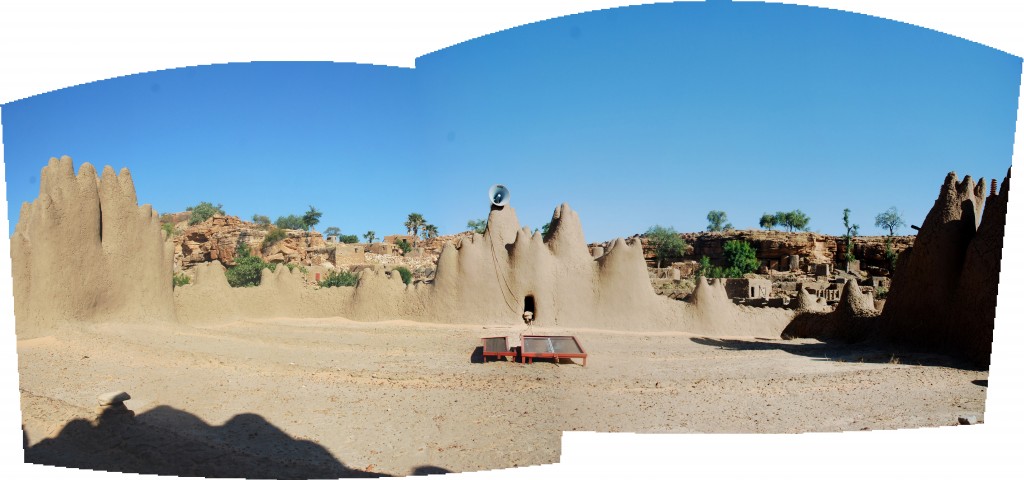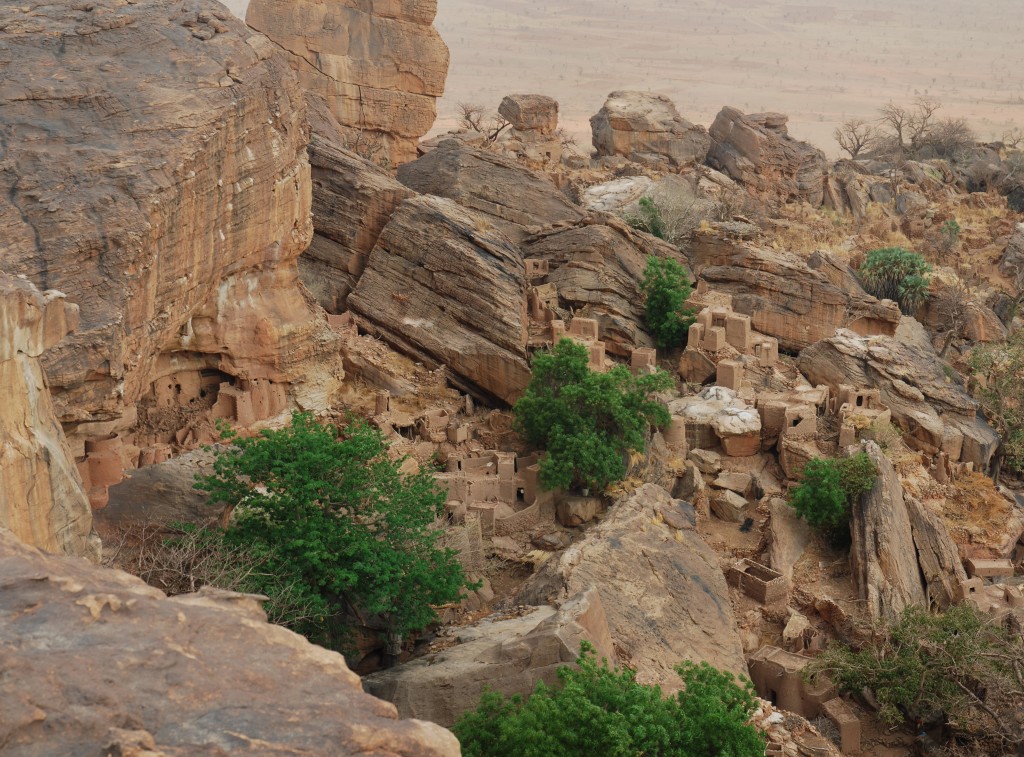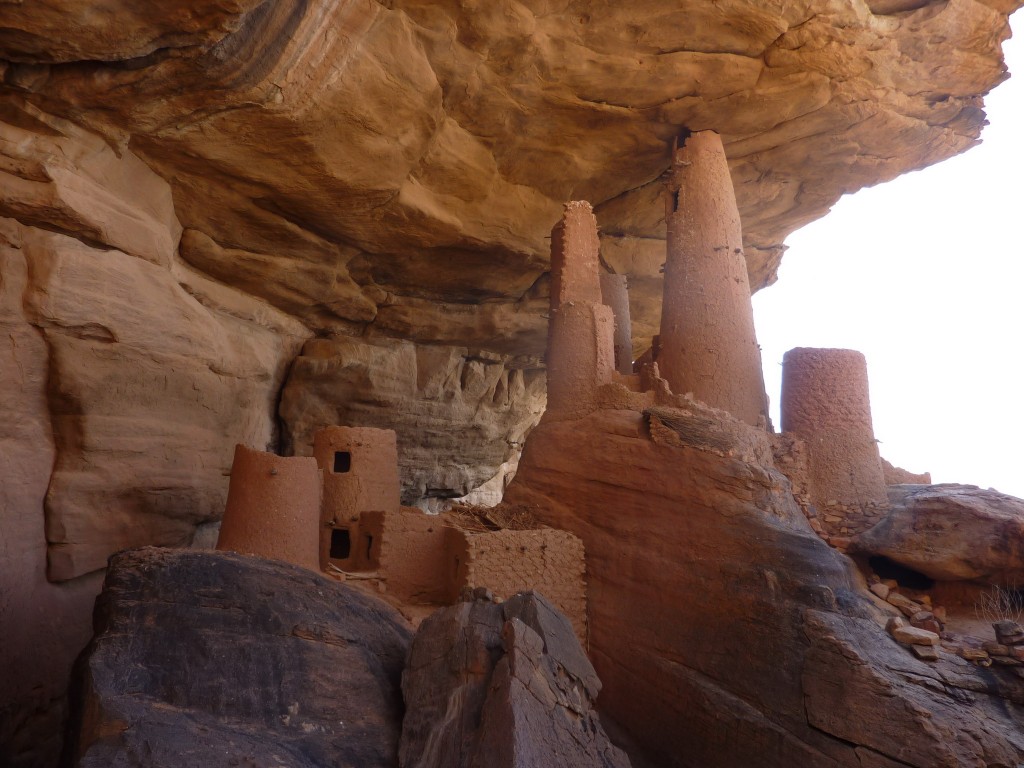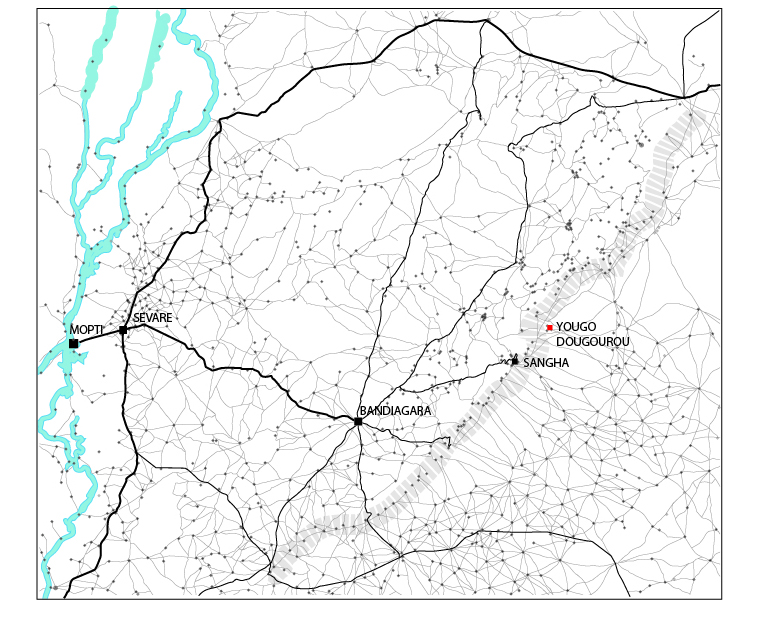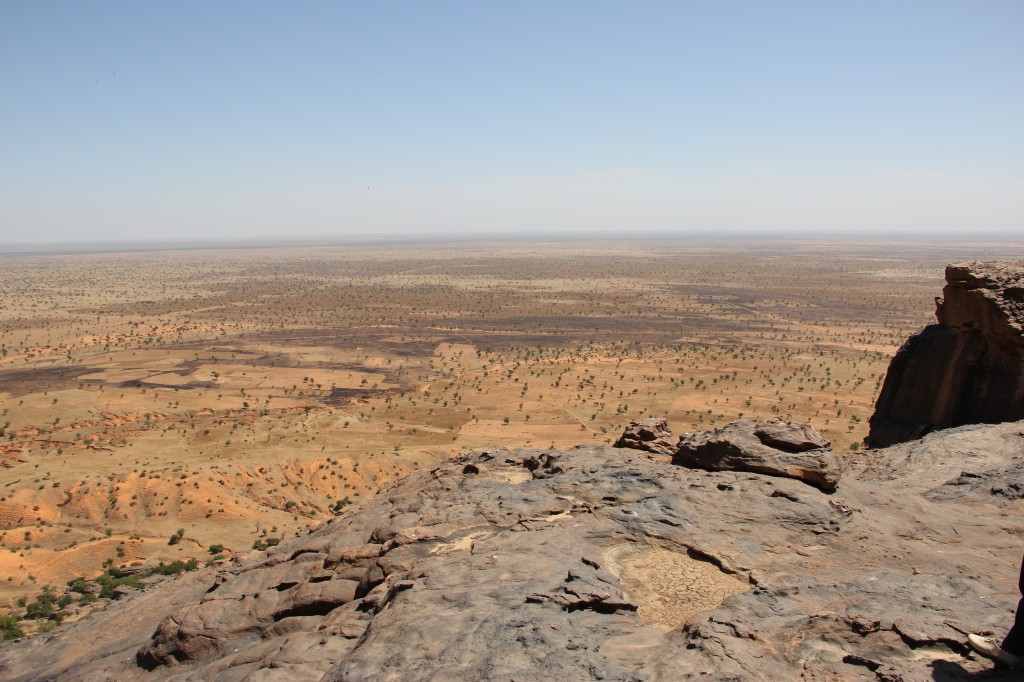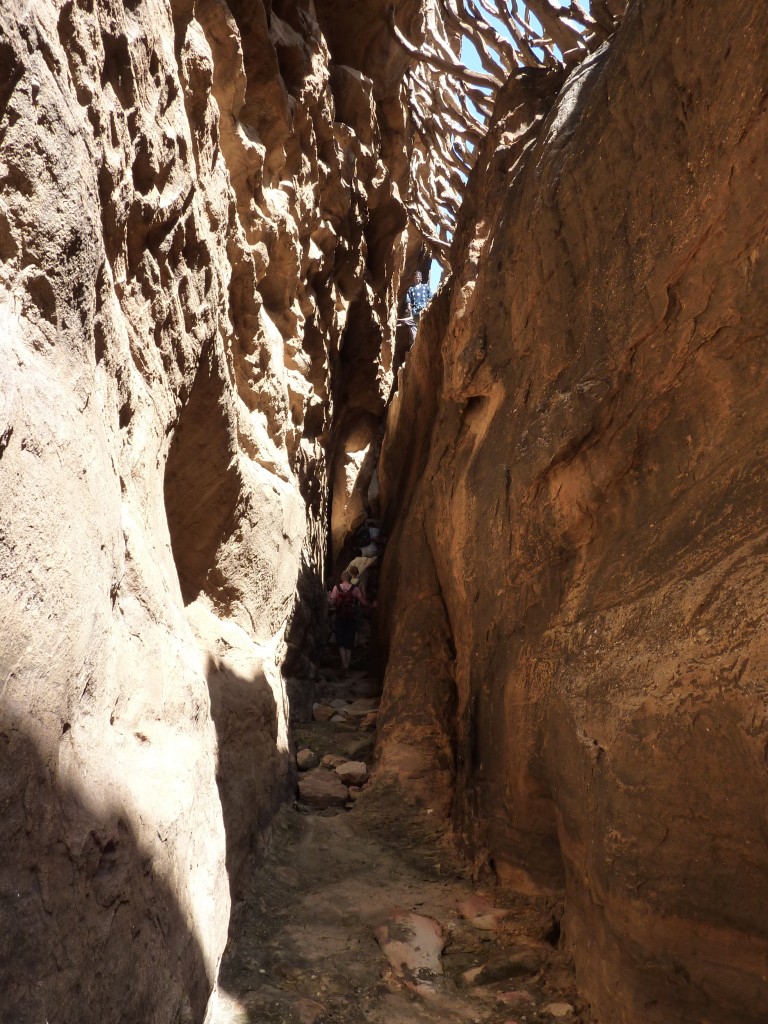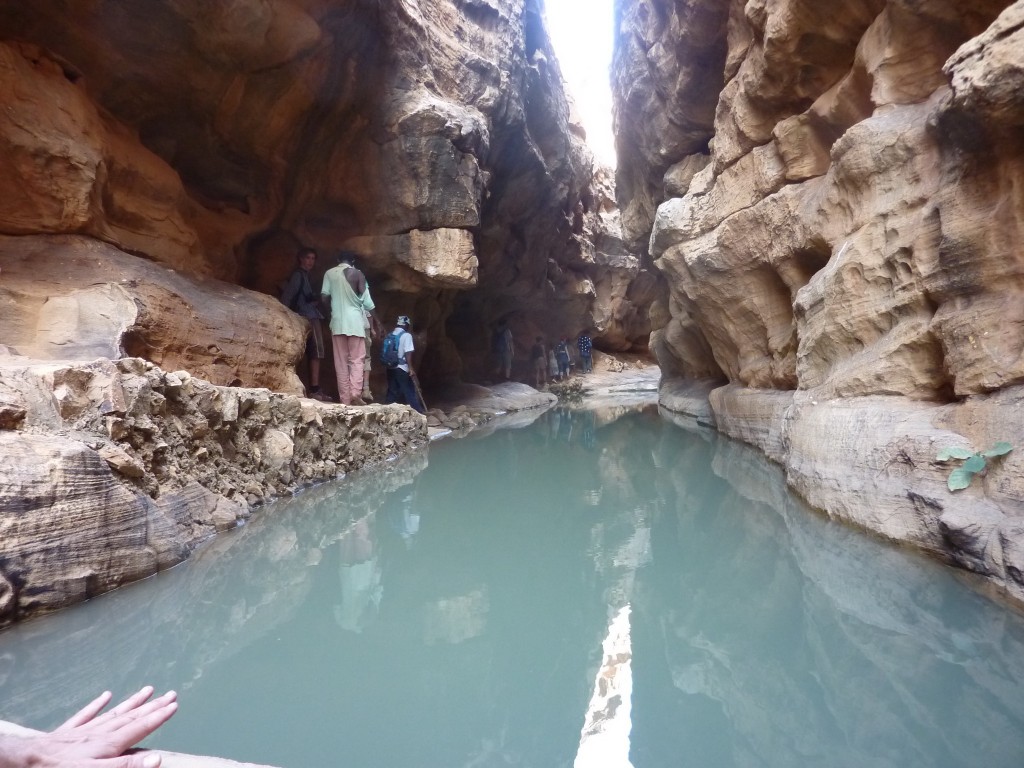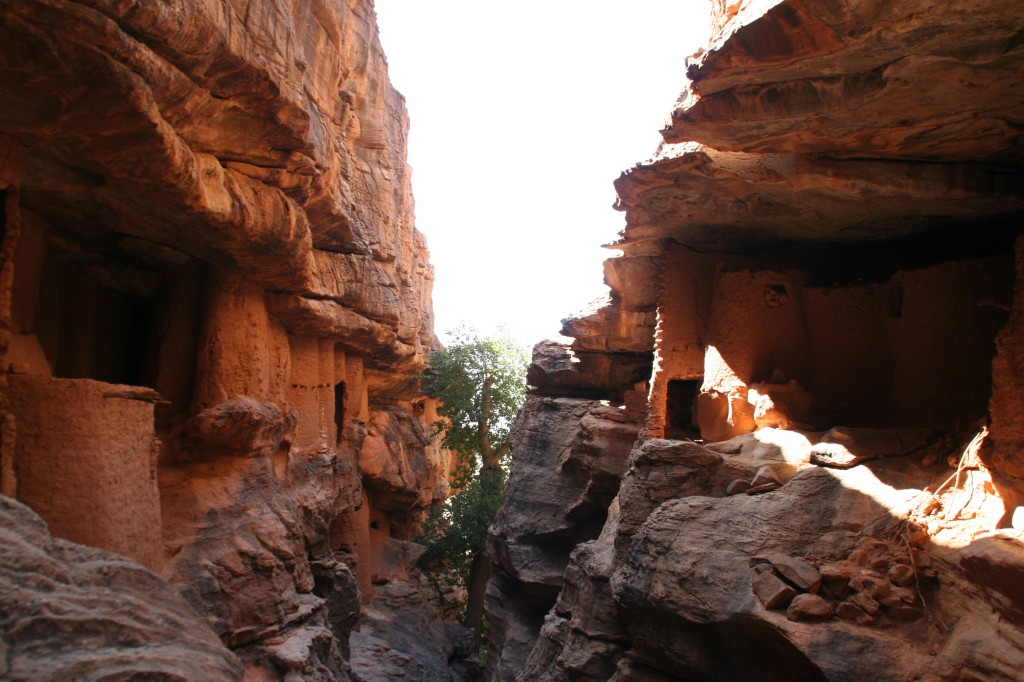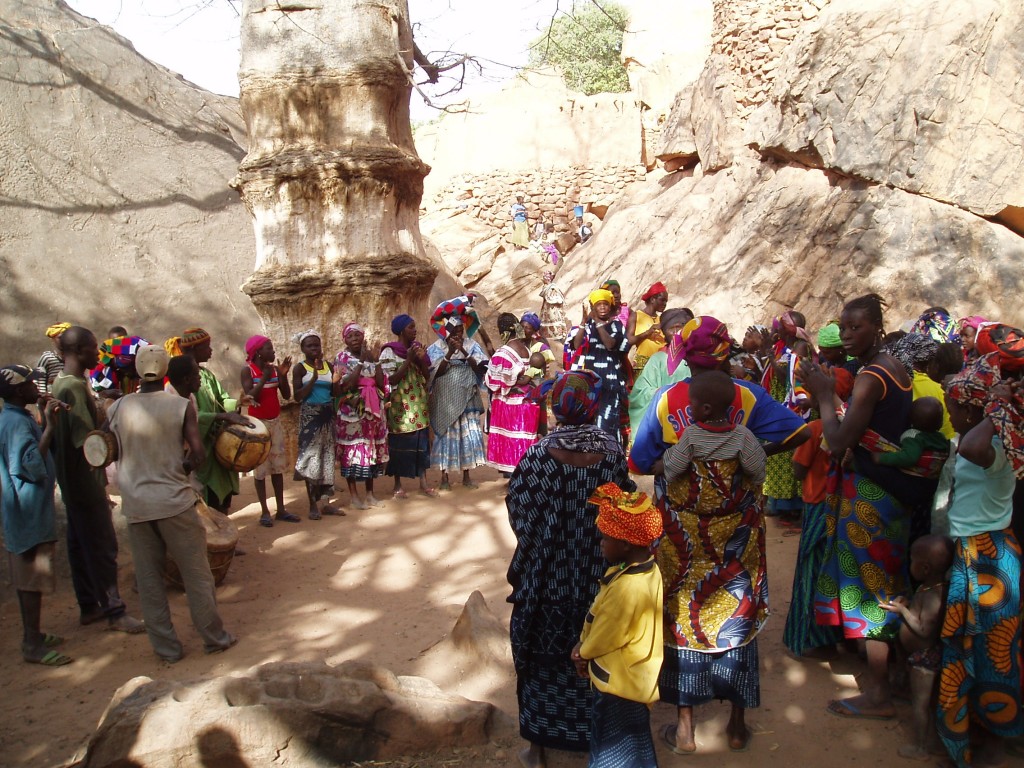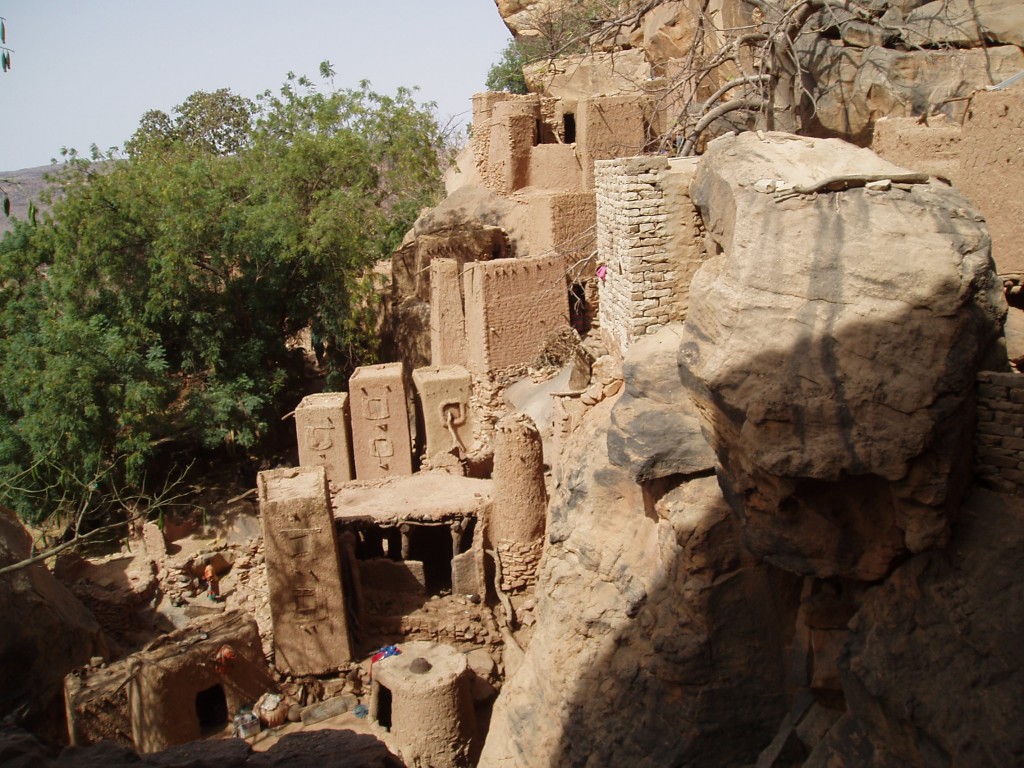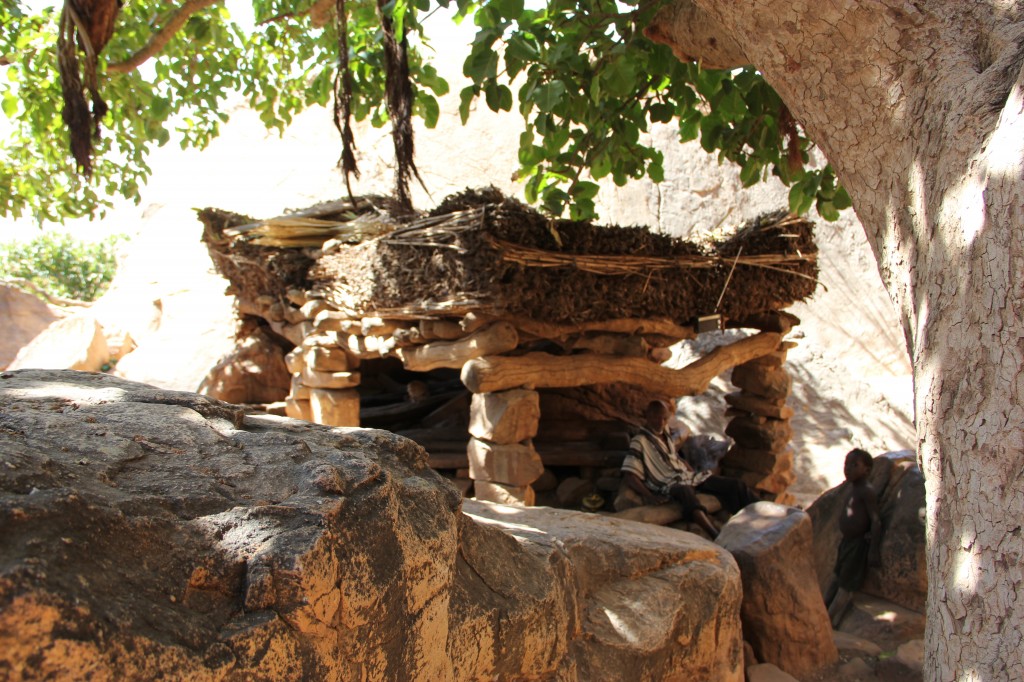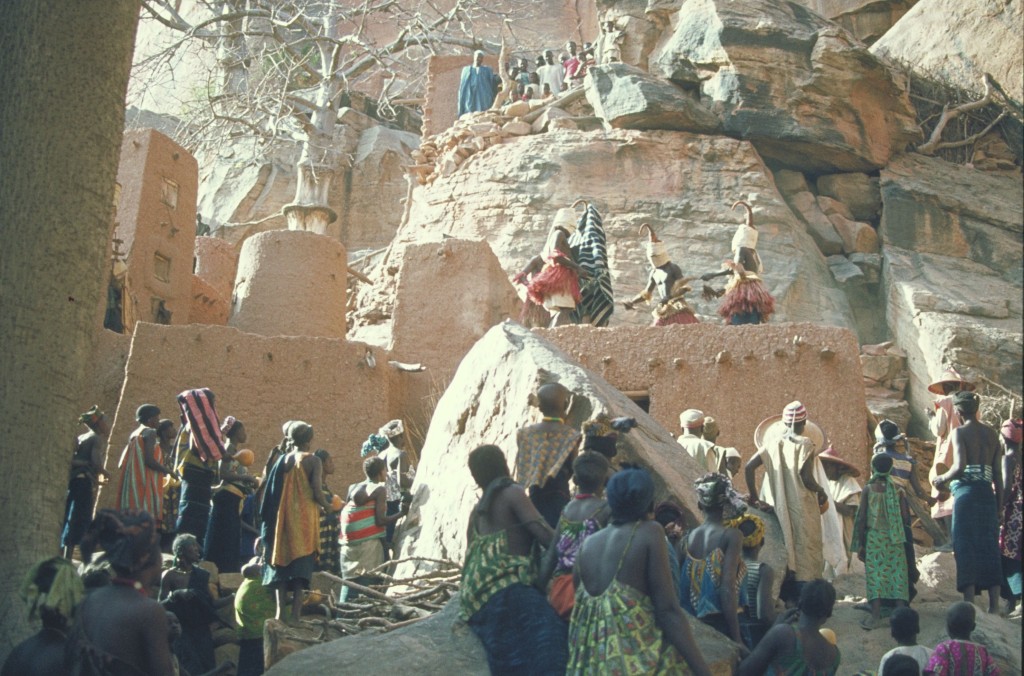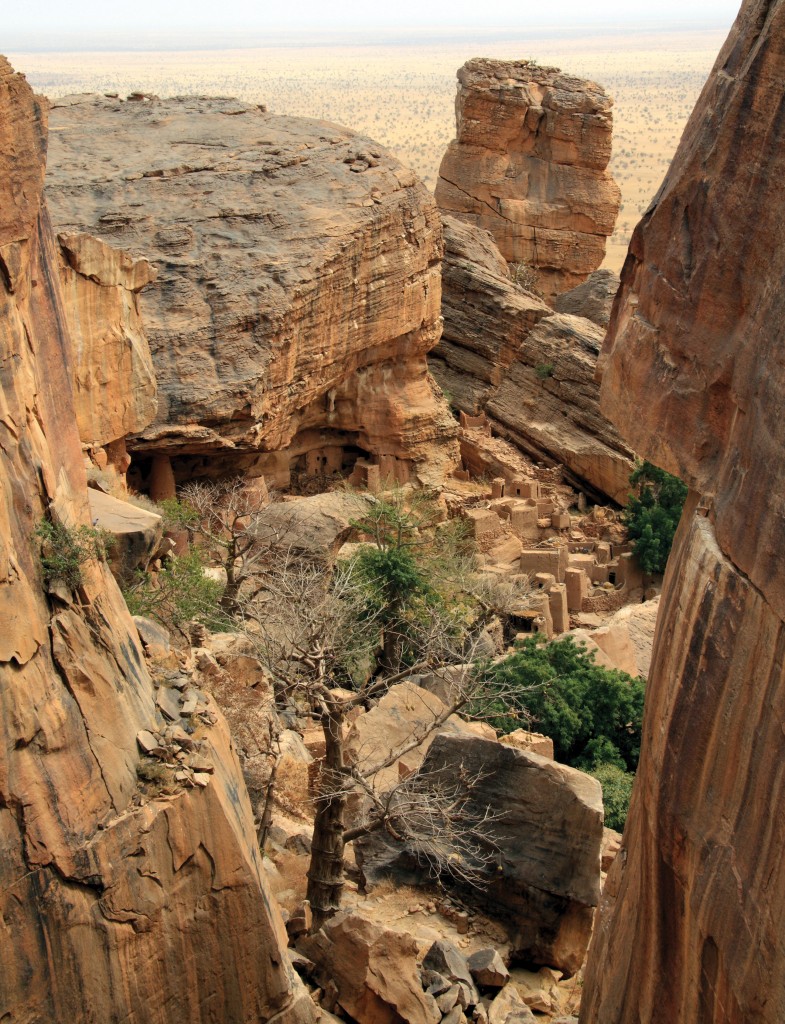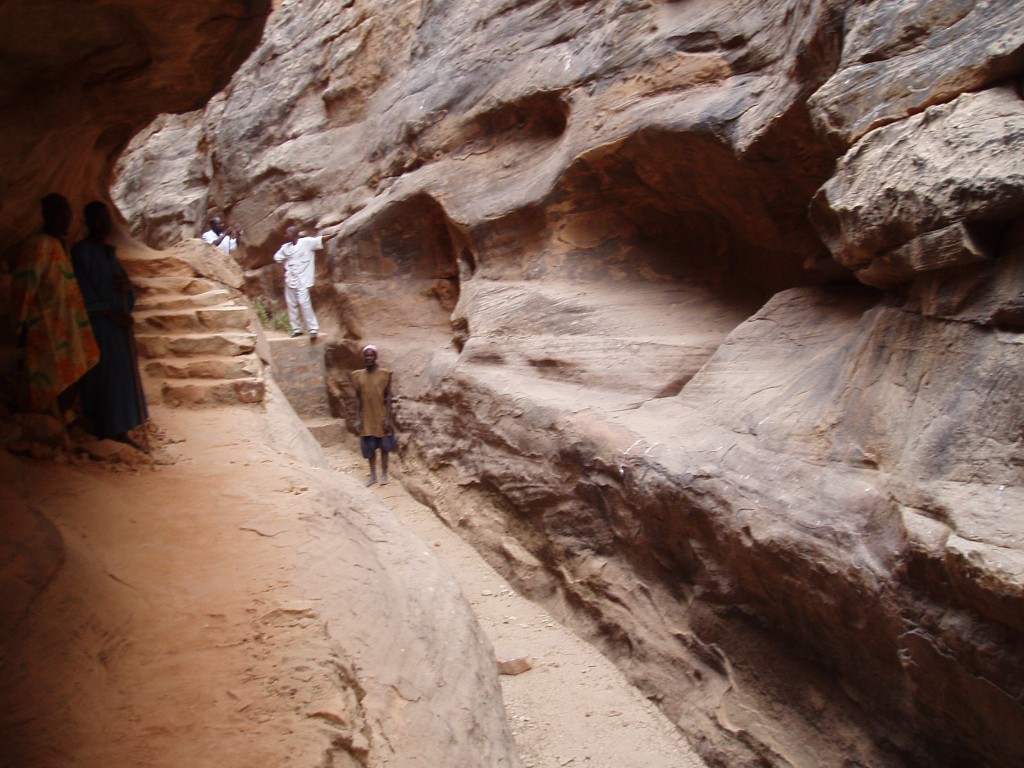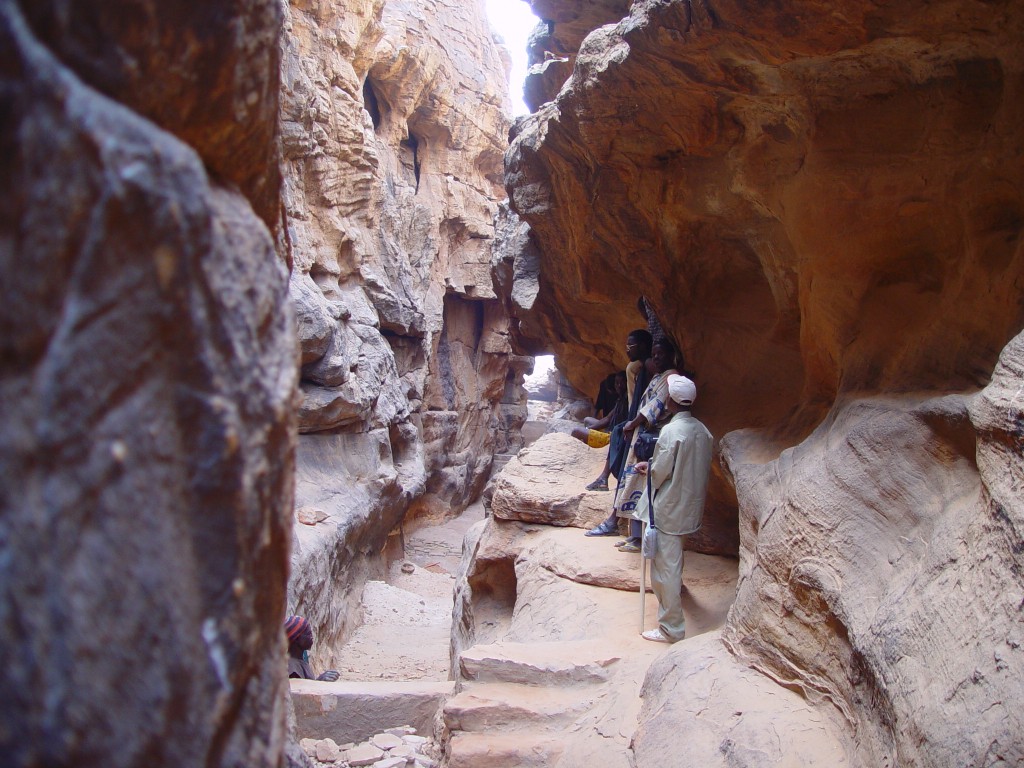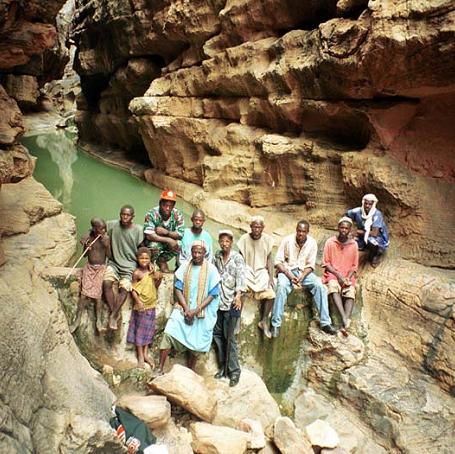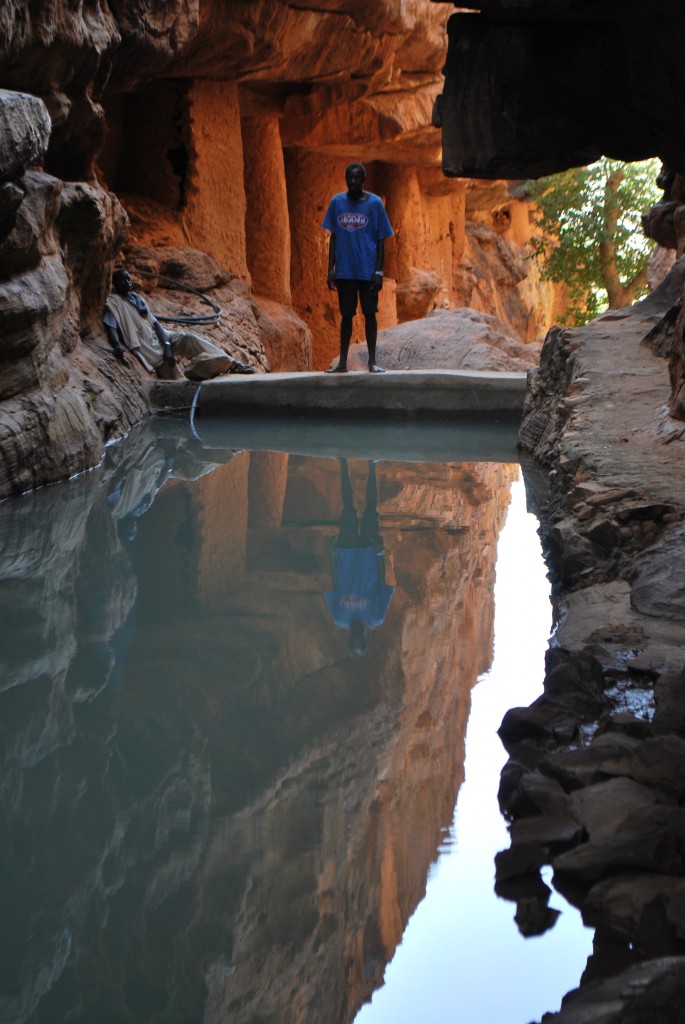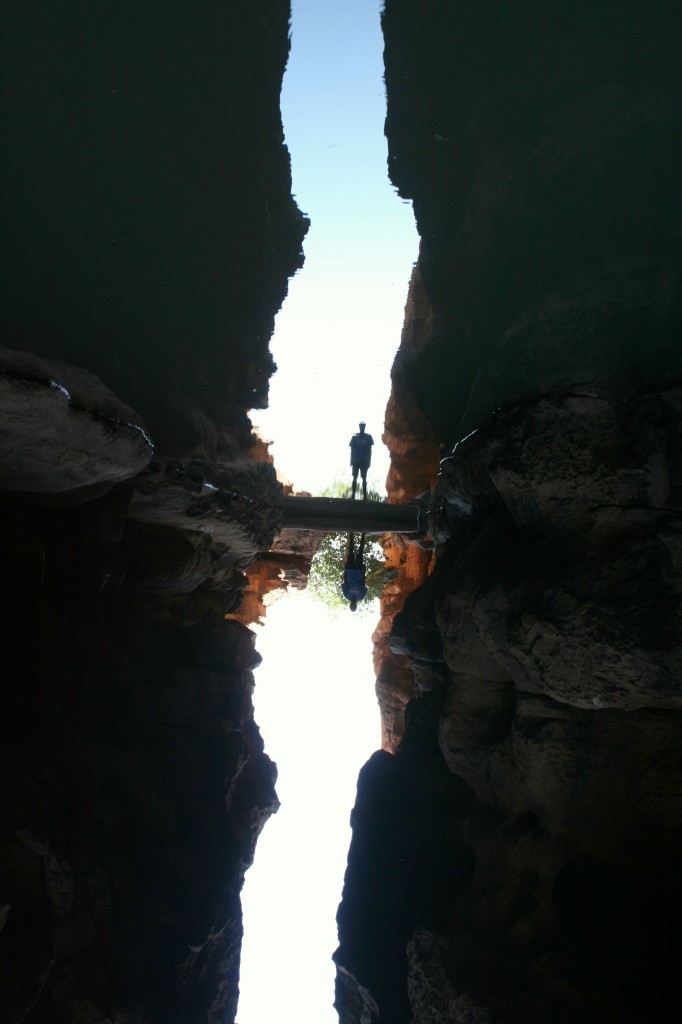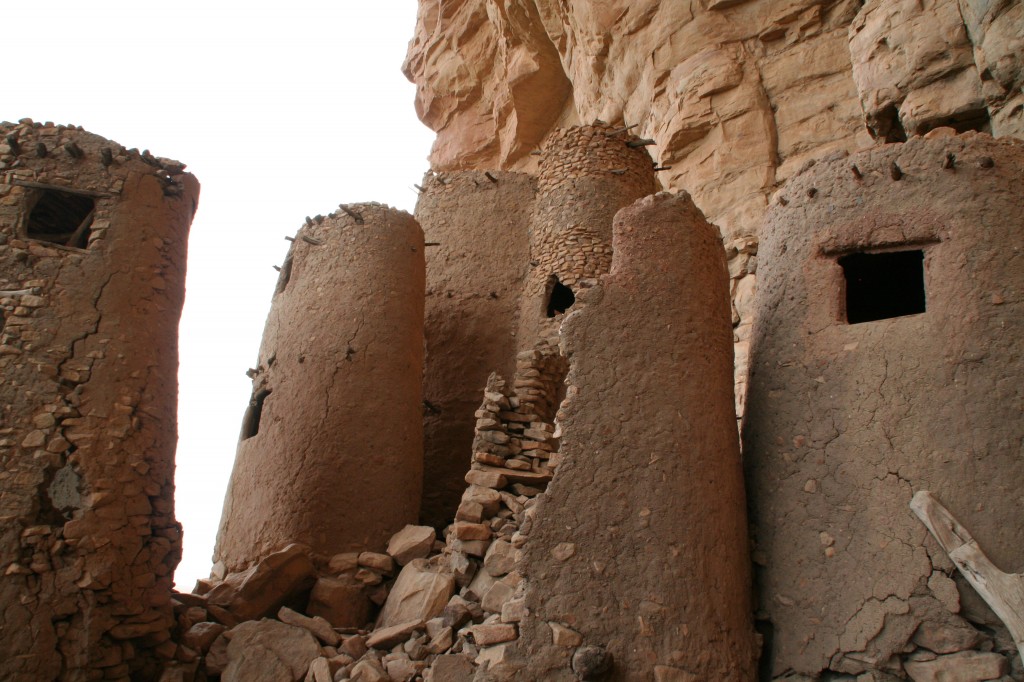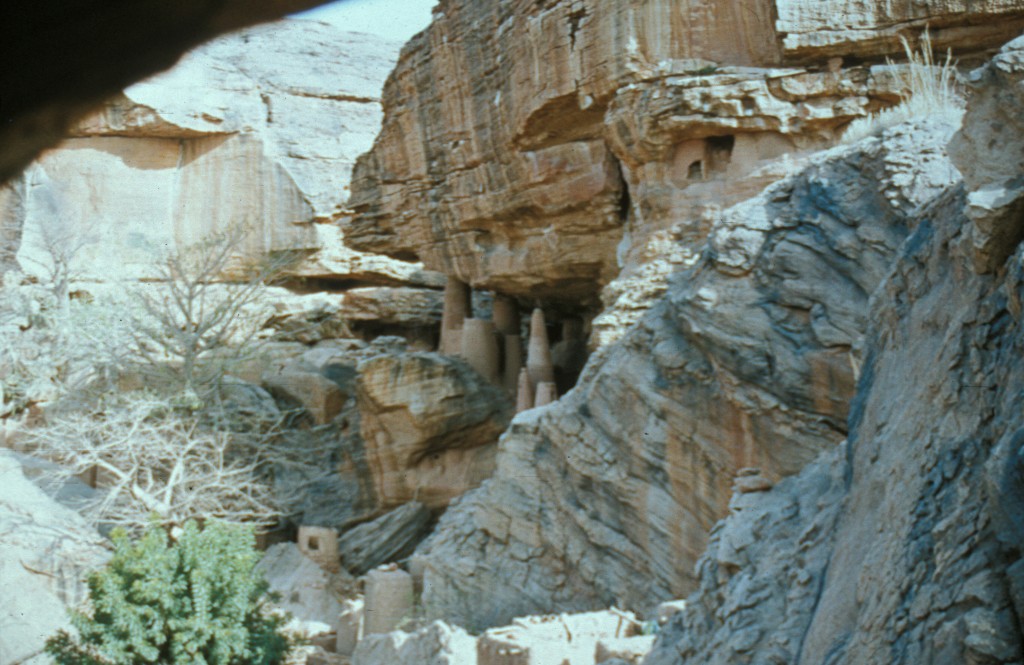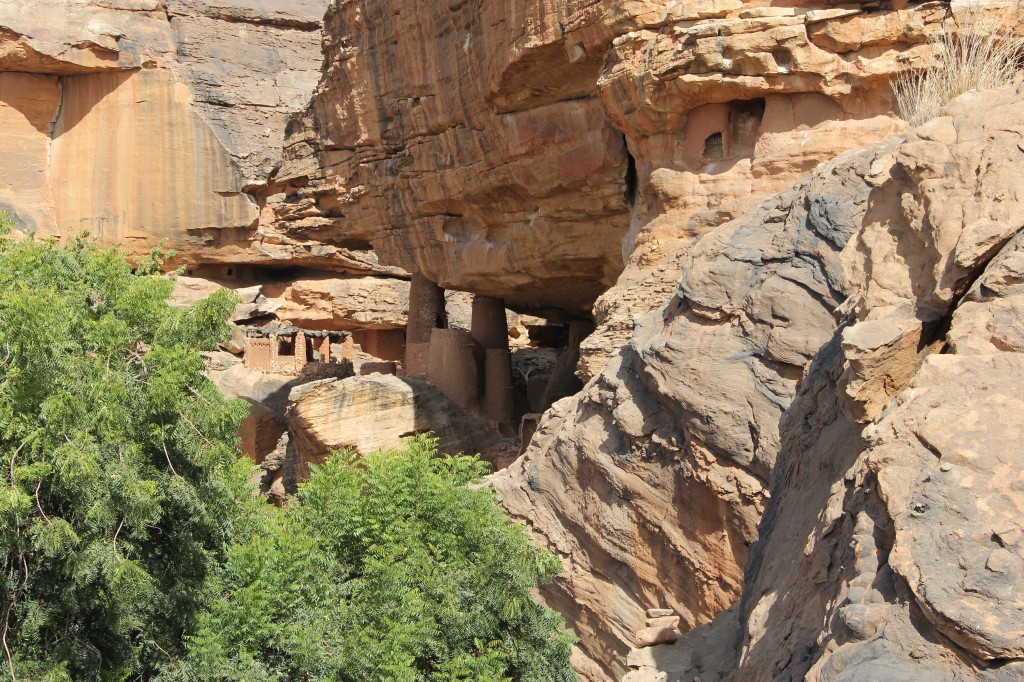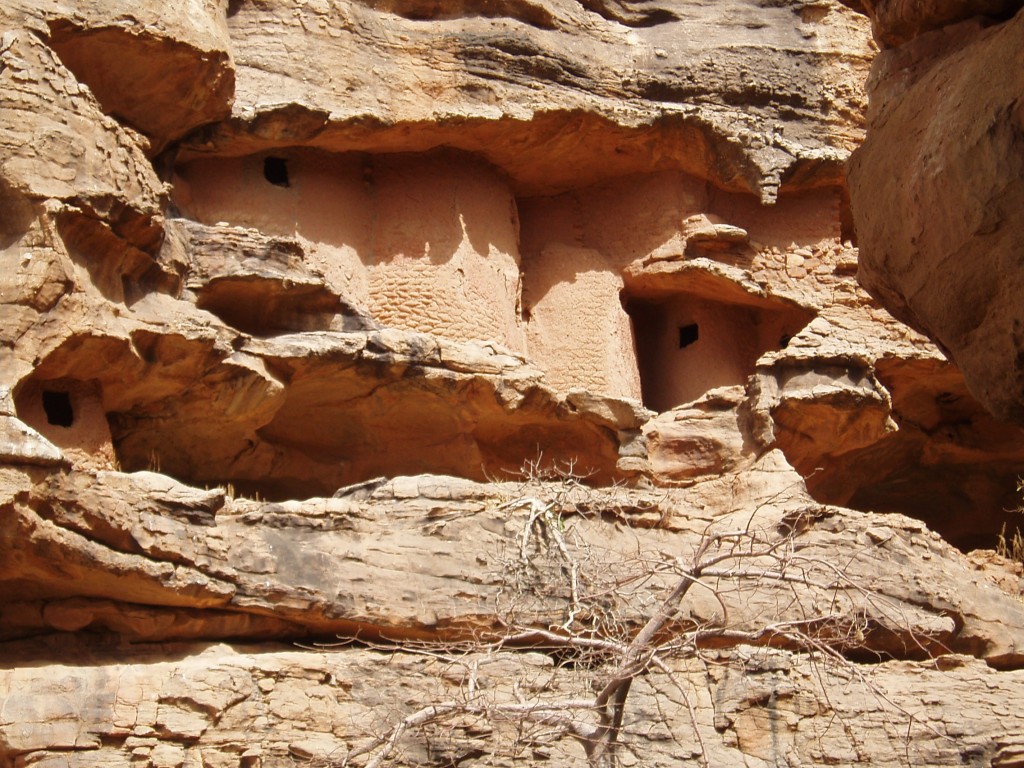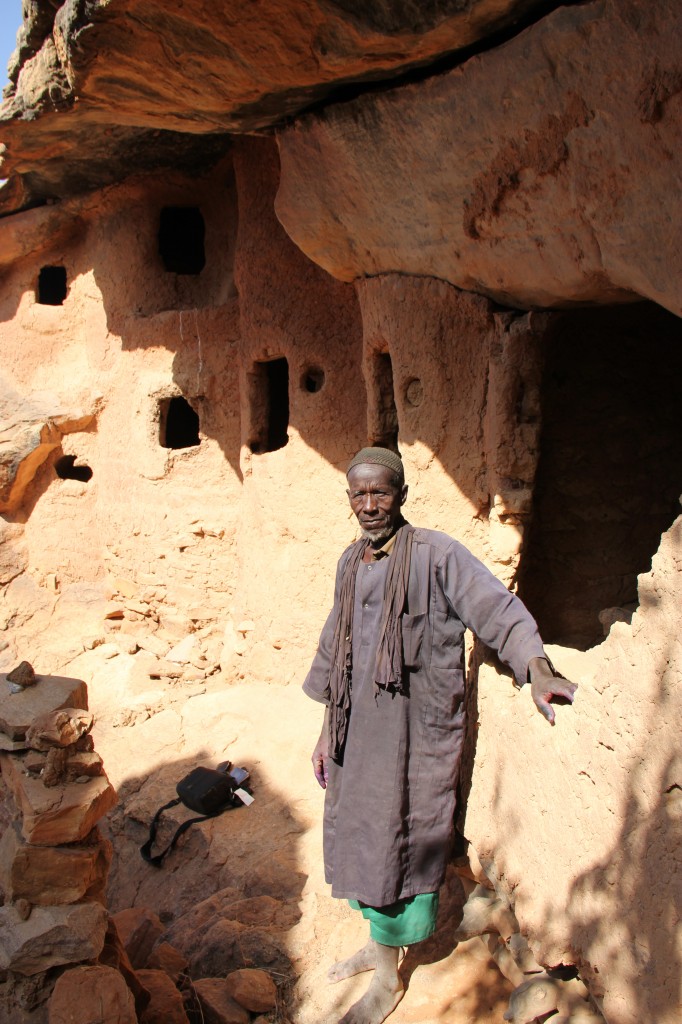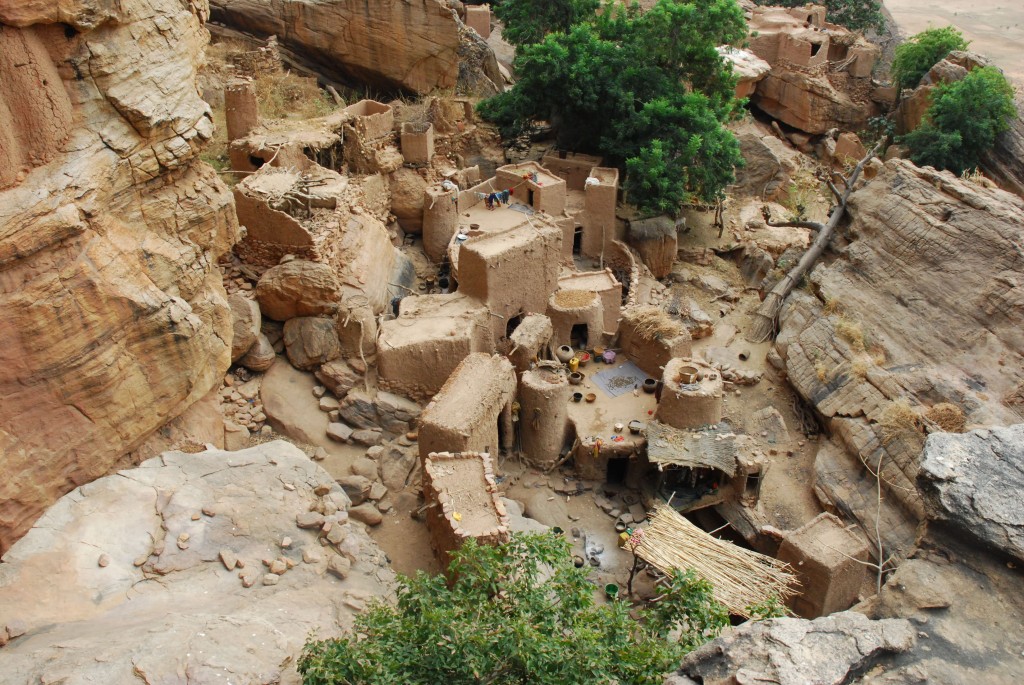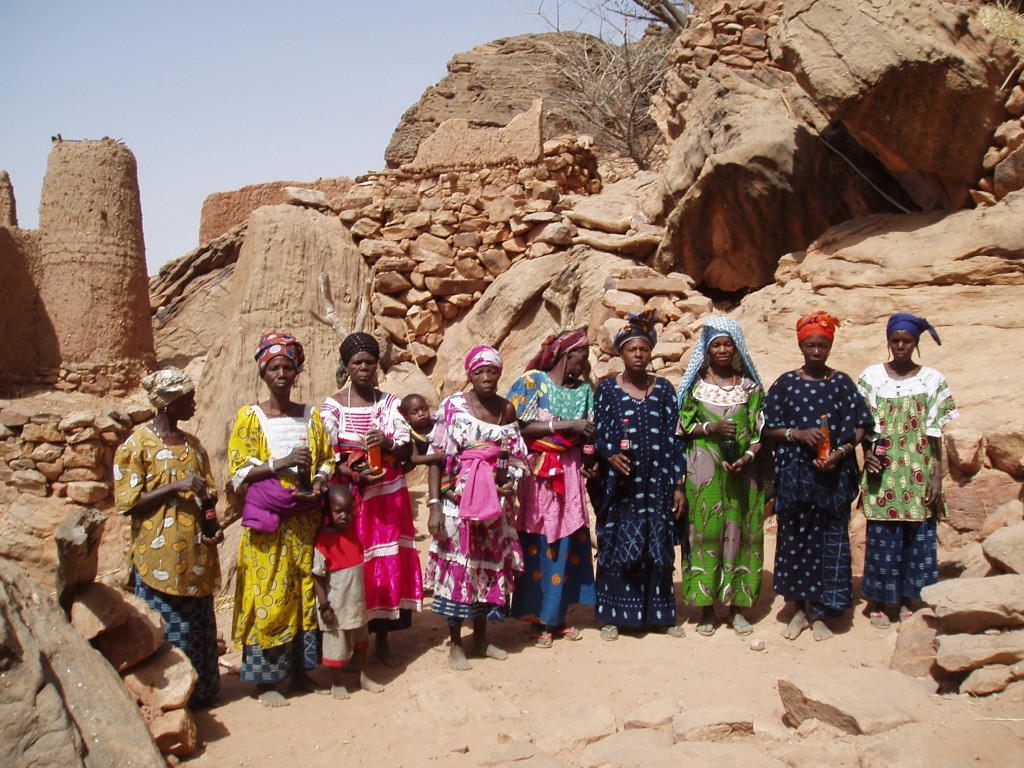During our trip in the Dogon Country in February, we visited interesting sites for the restoration projects related to the Initiative Dogon Culture. The Initiative Dogon Culture aims to protect the historical and cultural values of the heritage through the engagement of the local community. The cultural heritage reflects the life, history and identity of the Dogon, linking their past with their present and their future. The preservation of the culture and all his forms of expression, as for example architecture, is important not only for the local community and the survival of its historical and cultural values, but also for its outstanding universal value. In fact, the Dogon Country has been included on the World Heritage List of UNESCO since 1989.
The purpose of the Initiative Dogon Culture is to strength the role of the heritage into local development programs, enhancing the local community cohesion and its own identity. Through awareness and training, it is possible to ensure the protection and achieve a long-term preservation of the heritage. Raising awareness has to start from the children at school, where they can understand the importance of preserving the cultural sites.
Young people can be also trained in traditional construction techniques, needed for the conservation and rehabilitation of earthen architecture. This could be also a strategy to help young generation not to abandon the villages due to the lack of employment and tourism, which before represented a source of income.
The restoration program comprehends the rehabilitation of some specific buildings in the village of Nando, Neni, Yougo Dogourou, Yendouma Ato and the Toloy Cave near Pegué. These villages are part of the UNESCO World Heritage and they need to be protected for their Outstanding Universal Value (OUV) and its role within the local community. The unique earthen architecture of these villages shows the traces of a deep rooting of the population in its territory and a harmonious integration of human settlements into the landscape. In fact, the architecture has been adapted to benefit from the physical constraints of the place.
The program of the Initiative Dogon Culture is quite large and it needs a good organization to carry out the work on site. For this reason, we have now in our team a new member, Boureima Teme. Boureima Teme studied Cultural Anthropology and History in Bamako and he is a literate and motivated young man, who now is taking care of the awareness program in the school of Sangha and of the research on site, as our local expert. On one hand, the objective of the school program is to raise awareness in the children and make them understanding what is their history, the importance of preserving their culture and of protecting the cultural sites against vandalism. On the other hand, the goal of the research on site is to get more detailed information about the restoration of the houses in Yougo Dogourou, on the symbols and signs inside the mosque of Nando, more detailed information of the Toloy cave, the village of Neni and Yendouma Ato. In this way we can ensure that the knowledge of the local population is preserved.
“Country of culture, country of hospitality, peace and integration. Stop all vandalism and preserve our cultures and cultural sites which are the foundations of our history and make us proud finally to promote a sustainable development program.” This is what Boureima Teme affirmed in the beginning of his task. This demonstrates that working together is essential, being a solid organization with a real partnership and with local people involved.
